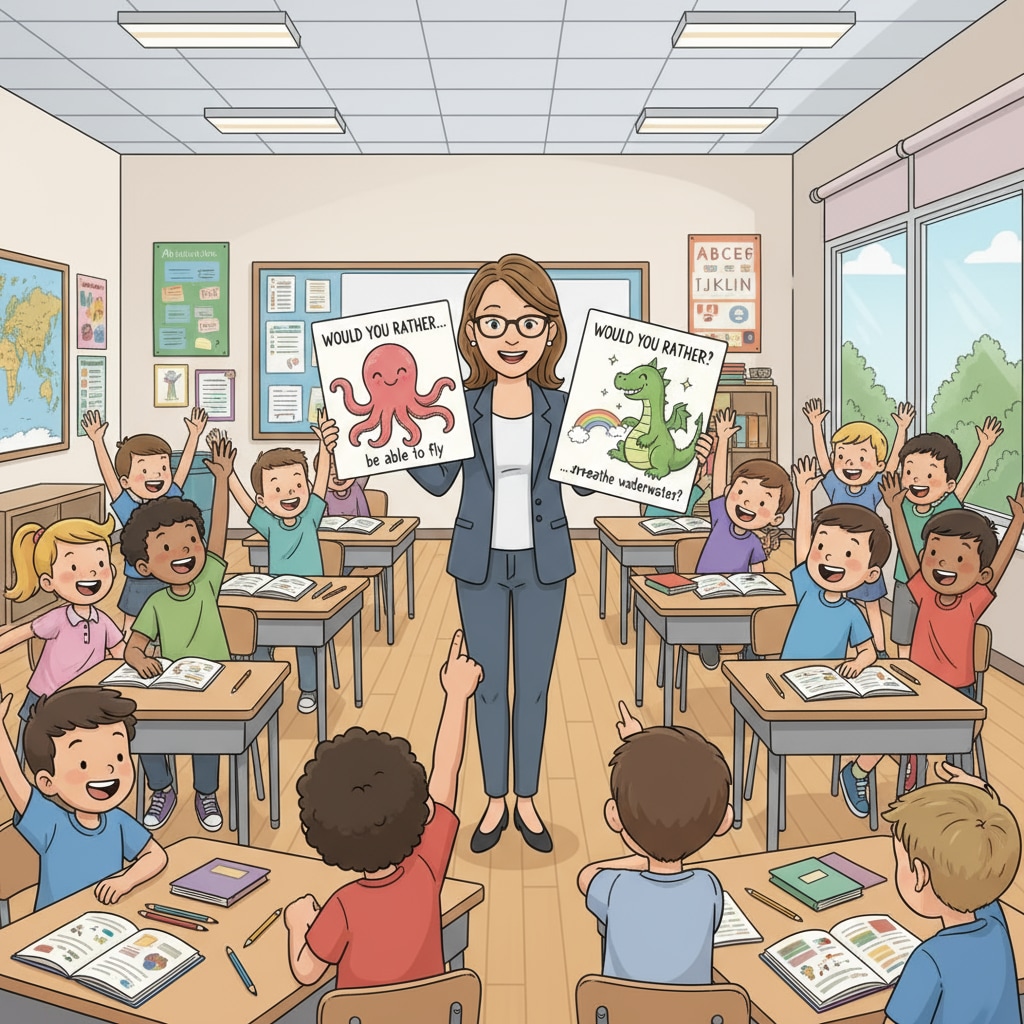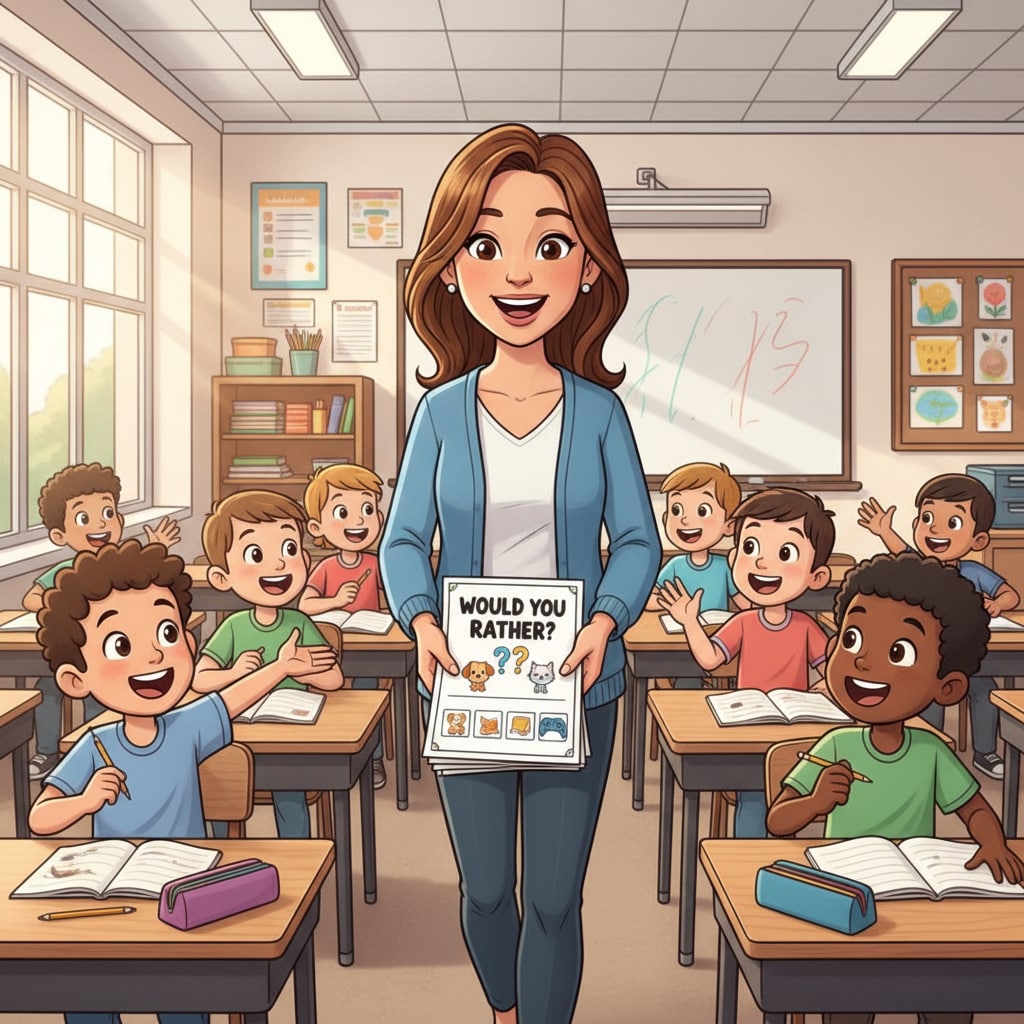The “Would You Rather” game, a classic children’s game, is now making waves as a remarkable teaching resource in the realm of K12 education. This simple yet engaging game is being harnessed to stimulate critical thinking and boost classroom interaction. Let’s explore how this transformation is taking place.
The Rise of “Would You Rather” in Education
“Would You Rather” has transcended its status as a mere pastime. In classrooms, it serves as a dynamic tool to engage students. For example, it encourages students to think deeply about choices and justify their reasoning. According to Education.com, critical thinking is a crucial skill for students, and the “Would You Rather” game can be an effective way to develop it. When presented with two interesting options, students are forced to analyze and make decisions, which in turn sharpens their cognitive abilities.

Key Features of the “Would You Rather” Educational Platform
The success of using “Would You Rather” in education is due in part to the features of dedicated educational platforms. One such feature is the classification system. These platforms categorize questions by subject areas like math, language arts, and science. This allows teachers to easily select relevant questions for their lessons. For instance, in a math class, a “Would You Rather” question could be: “Would you rather solve a complex multiplication problem or a challenging division one?” This not only makes learning fun but also reinforces specific concepts.
In addition, the availability of printable worksheets is a huge advantage. Teachers can download and distribute these worksheets to students. They can be used as in-class activities or homework assignments. Britannica’s article on educational psychology emphasizes the importance of hands-on materials in enhancing learning, and these worksheets fit the bill perfectly.

Another great feature is the real-time voting function. In a classroom setting, students can vote on their preferred options using digital devices. This creates an interactive and exciting atmosphere. Teachers can then use the results to start discussions, further promoting student engagement and understanding.
In conclusion, the “Would You Rather” game has evolved from a simple children’s game into a powerful teaching resource in K12 education. Its unique features make it a valuable asset for educators looking to enhance critical thinking and classroom interaction among their students.
Readability guidance: This article uses short paragraphs and lists to summarize key points. Each H2 section has relevant details presented clearly. The proportion of passive语态 and long sentences is controlled, and transition words are used throughout to ensure a smooth flow.


